
If your poultry flock experiences a health issue, suddenly all those little details you thought you’d never forget, but now you can’t quite remember, become immensely important. In such an event, you’ll be happy you previously understood the importance of keeping a flock history and took a few moments to write down incidents as they […]
Continue Reading
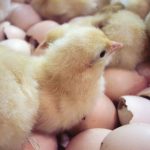
Whether or not using more than one incubator makes sense depends on how much hatching you plan to do and how many different chicken breeds or poultry species you wish to hatch. Most incubators for home use are designed for batch hatching. Sometimes, though, you might not want to wait until the eggs hatch before […]
Continue Reading

Most chicken keepers know that a hen will lay eggs whether or not a rooster is present. But a rooster is needed in order to get fertile eggs that will hatch. Less well known is that eggs can hatch without a rooster. Virgin Birth Virgin birth, or parthenogenesis, is the process whereby an unfertilized egg […]
Continue Reading
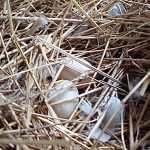
Furnishing nests for your ducks to lay in helps keep the eggs clean and protects them from being cooked by sun, washed by rain, or frozen in cold weather. Eggs laid in nests are easier for you to find than eggs hidden in the grass. And, buried in nesting material under cover, they are hidden […]
Continue Reading
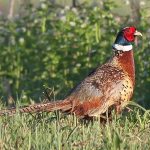
Ringneck pheasants are traditionally raised to be released as game birds. But people have plenty of other reasons for raising ringneck pheasants. They are also raised for their excellent meat, tasty eggs, gorgeous feathers, or simply for their awesome beauty. Game Bird The ringneck pheasant is a native game bird in China. Since the late […]
Continue Reading

The white birch is Russia’s national tree. Its curative properties have been recognized in that country since ancient times. Russians have long used birch bark to treat wounds. They used birch tree essential oil as a dewormer. They used birch sap, birch tar, and other birch tree extracts to treat hundreds of diseases, from bronchitis […]
Continue Reading
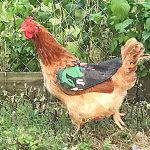
A rooster intent on mating a hen grabs the feathers on her head with his beak while he attempts to stand on her back. To get a good grip, he braces his claws against her shoulders. More often than not, his feet slide on her smooth feathers and — to get better balanced — he […]
Continue Reading
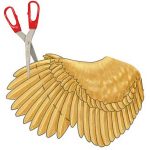
A chicken — or any other poultry — that persists in flying out of its enclosure can be an annoyance. It may destroy vegetable gardens and flower beds (yours or your neighbor’s). It may get into the wrong pen and mess up your breeding plan. Worse, it could get run over on the road or […]
Continue Reading
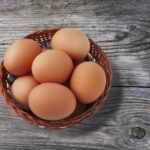
12 for $61.68 24 for $101.28 FREE SHIPPING
Seasonal/Shipped Mid February through June 5th.
Continue Reading

Perhaps the greatest tribute to eggs is the vast number of ways they are incorporated into recipes around the world. Many recipes call for eggs as a functional ingredient, used to perform such services as binding other ingredients together, clarifying liquids, or causing baked goods to rise. Here are 15 functional properties of eggs in […]
Continue Reading










